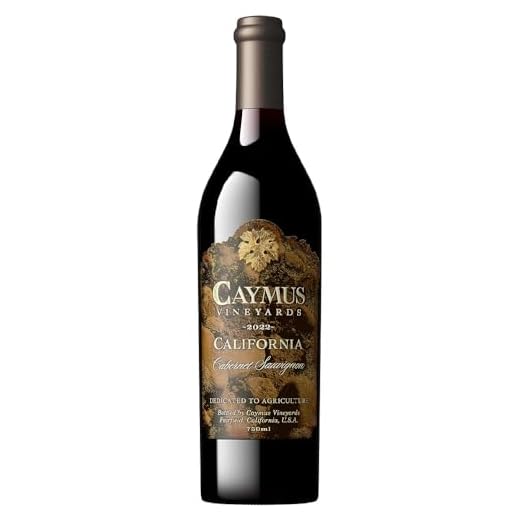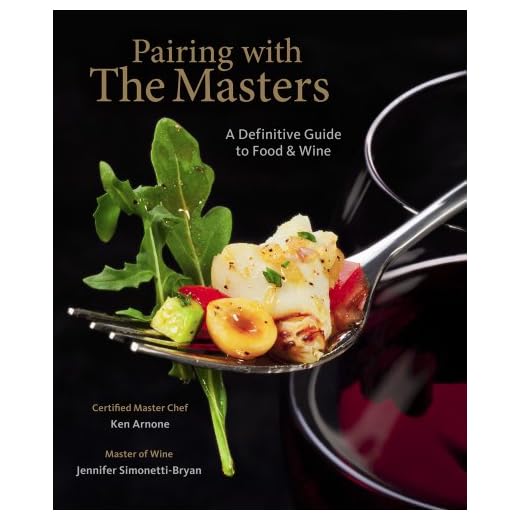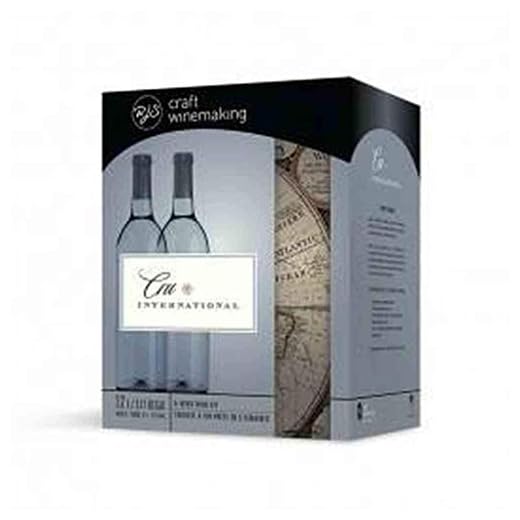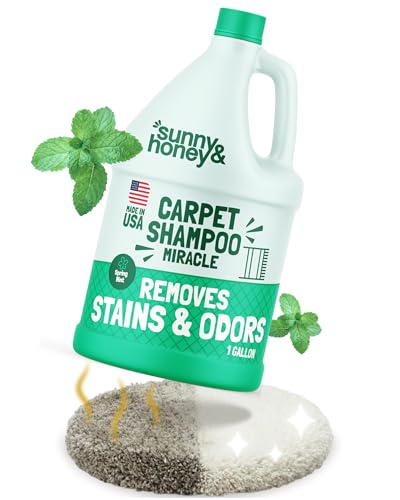



If you’re seeking a wine that delivers depth and richness, opt for those with pronounced taste profiles and substantial tannins. These selections typically exhibit dark fruit flavors, such as blackberry and plum, complemented by notes of oak, spice, and sometimes chocolate. Look for varietals like Cabernet Sauvignon, Syrah, or Malbec, which are known for their bold character.
When choosing your next bottle, consider the region of origin. Wines from warmer climates, such as Napa Valley in California or Mendoza in Argentina, often have a more concentrated flavor due to the ripeness of the grapes. Pairing these wines with hearty dishes, like grilled meats or rich stews, can enhance the overall dining experience and highlight the wine’s complexity.
For those exploring this category, I recommend starting with a bottle that balances fruitiness and acidity. This harmony allows for a more enjoyable tasting experience. Always remember to decant your selection for at least an hour before serving; this will help soften the tannins and reveal the full spectrum of aromas and flavors, providing a richer tasting experience.
Understanding Robust Red Varietals
Choose wines characterized by higher tannins and rich flavors, such as Cabernet Sauvignon, Syrah, or Malbec. These selections offer a dense mouthfeel and complex aromas, making them ideal for pairing with hearty dishes like grilled meats or rich sauces.
Look for a deep color, often a dark purple or crimson hue, indicating concentration. The palate should present layers of dark fruit, spice, and sometimes earthy notes, contributing to a lingering finish. These attributes create an impactful experience with each sip, elevating your dining occasions.
Consider regional influences as well; for example, Napa Valley Cabernets are renowned for their boldness, while Argentine Malbecs often showcase a velvety texture with plum undertones. Pay attention to the aging process, as oak barrels can impart additional complexity, enhancing flavors and creating a well-rounded profile.
Experiment with temperature; serving these selections slightly below room temperature can accentuate their characteristics. Take time to aerate in a decanter, allowing the wine to open up and reveal its true potential. Each glass tells a story, reflecting the terroir and craftsmanship behind its creation.
Characteristics of Full Body Red Wine
To identify a robust, rich beverage, focus on its intensity, structure, and flavor profile. A high level of tannins contributes to a firm mouthfeel, often accompanied by a noticeable presence of alcohol, typically ranging from 13.5% to 15%. This strength enhances the overall experience, providing a lingering finish that invites further sips.
The depth of flavor is crucial; expect dark fruits such as blackberry, plum, and cherry. Secondary notes may include spices, chocolate, or even earthy undertones, depending on the grape variety and terroir. The use of oak barrels during aging can add layers of complexity, introducing hints of vanilla, smoke, or cedar.
Serving temperature plays a significant role in how these qualities are perceived. Aim for a temperature between 60°F and 65°F (15°C to 18°C) to ensure the aromas and flavors are fully expressed. Pairing with hearty dishes like grilled meats, rich pastas, or aged cheeses will enhance the overall enjoyment, as the weight of the beverage complements the richness of the food.
| Characteristic | Description |
|---|---|
| Tannins | High levels provide structure and a drying sensation. |
| Alcohol | Typically between 13.5% and 15%, contributing to warmth. |
| Flavor Profile | Dark fruits, spices, chocolate, and earthy notes. |
| Oaking | Adds complexity with hints of vanilla and smoke. |
| Serving Temperature | Optimal at 60°F to 65°F (15°C to 18°C). |
Choosing a vintage with good aging potential can further enhance the experience, as time in the bottle allows flavors to evolve and integrate. Seek out recommendations from trusted sources or explore lesser-known regions for excellent value. Engaging with this category of beverages can lead to delightful discoveries, enriching your palate and enhancing your dining experiences.
Best Grapes for Full Bodied Wines
For a rich and intense experience, certain grape varieties stand out. Here are the top contenders:
- Cabernet Sauvignon: Known for its depth and structure, it offers dark fruit flavors and robust tannins, making it a staple in many powerful blends.
- Syrah/Shiraz: This grape produces wines that are bold and spicy with notes of blackberry and pepper, perfect for those seeking complexity.
- Malbec: Originating from France but thriving in Argentina, it brings a velvety texture and ripe plum characteristics, appealing to those who enjoy a lush palate.
- Zinfandel: Often characterized by jammy fruit flavors and a hint of spice, this variety offers a unique profile that can be both bold and fruity.
- Merlot: While often softer, it can still produce powerful wines with dark fruit and chocolate notes, especially when sourced from warmer regions.
Additional Varieties to Consider
- Petite Sirah: Offers a rich, inky color and intense flavors of blackberry and chocolate, providing a rounded mouthfeel.
- Tempranillo: A Spanish classic that delivers earthy notes alongside dark fruit, bringing a distinct character to blends.
- Touriga Nacional: A Portuguese grape known for its aromatic qualities, providing floral and dark fruit nuances that elevate richness.
These selections provide a strong foundation for crafting wines that deliver the desired intensity and complexity. Each grape brings its unique profile, allowing for a range of flavors and textures that enhance the tasting experience.
Food Pairings with Full Body Red Wine
For an optimal dining experience, I recommend pairing robust red varieties with rich and flavorful dishes. Here are some ideal matches:
Meat Dishes
- Grilled Steak: The charred flavors complement the wine’s tannins.
- Lamb Chops: The richness of lamb enhances the wine’s depth.
- Beef Bourguignon: A classic French dish that harmonizes beautifully.
Cheeses
- Sharp Cheddar: The boldness of cheddar pairs well with the complexity of the drink.
- Blue Cheese: The tanginess of blue cheese contrasts delightfully with the wine’s structure.
- Gruyère: This nutty cheese complements the wine’s fruity notes.
Vegetarian options can also be delightful. Consider these:
- Mushroom Risotto: Earthy flavors from mushrooms enhance the wine’s characteristics.
- Eggplant Parmesan: The richness of the dish pairs well with the wine’s intensity.
When choosing a sauce, opt for a tomato-based or a rich, creamy sauce to elevate the pairing. Always remember, the key to a successful match is balancing the wine’s profile with the dish’s flavors. Enjoy the exploration!
How to Properly Serve Full-Bodied Red Wine
Serve at a temperature between 60°F and 65°F for optimal flavor release. This range allows the complexity of aromas to shine through without overwhelming the palate.
Use large, round glasses to enhance aeration. The wider bowl permits greater contact with air, softening tannins and elevating the wine’s bouquet. Fill glasses only one-third full to allow room for swirling.
Decanting is highly recommended, especially for younger vintages. This process aerates the liquid and separates it from sediment, improving overall taste. Aim for at least 30 minutes of decanting time before serving.
Always ensure that the serving area is clean and well-organized. Consider having appropriate glassware and a proper corkscrew ready. For a refreshing experience, pair the tasting with a light snack or cheese plate to cleanse the palate.
Tips for Enjoying the Experience
Engage your senses by observing the color, swirling gently to release aromas. Take small sips to appreciate the flavors and textures. Note any changes in taste as the wine opens up over time.
Incorporate a cleansing tool for your glassware, like the best shower scrubber for men, to maintain cleanliness and enhance your wine experience. Clean glasses ensure that no residue interferes with the tasting.
Region-Specific Examples of Full-Bodied Red Varietals
For an exceptional experience, explore the bold offerings from Napa Valley, particularly those crafted from Cabernet Sauvignon. The warm climate here yields wines with rich flavors of dark fruit and a robust structure, often accented by notes of oak and spice.
In Italy, consider the classic Barolo from the Piedmont region. This Nebbiolo-based selection showcases earthy undertones and cherry notes, complemented by firm tannins, making it a perfect companion to hearty dishes.
Moving to France, the Châteauneuf-du-Pape stands out with its blend of Grenache and other varietals. Expect a complex profile featuring ripe berries, herbs, and a hint of garrigue, ideal for pairing with roasted meats.
From Spain, seek out a Rioja Reserva, predominantly made from Tempranillo. These selections often display a captivating combination of dark fruit, vanilla, and leather, providing a delightful match for grilled dishes.
Lastly, don’t overlook the Malbecs from Argentina, particularly those from Mendoza. Their intense dark fruit flavors and velvety tannins create a sumptuous experience, perfect for enjoying with barbecued meats.
Storing Rich Red Varietals for Optimal Taste
Maintain a consistent temperature between 55°F and 65°F (13°C to 18°C) for optimal preservation of these wines. Fluctuations can adversely affect flavor and aroma. Use a dedicated wine fridge or cellar if possible.
Humidity levels should be kept around 70% to prevent corks from drying out, which can lead to oxidation. Consider using a hygrometer to monitor this factor.
Light exposure can degrade the quality of your bottles. Store in a dark space or use UV-filtering glass if displaying in a visible area.
Position bottles horizontally to keep the cork moist, which prevents air from entering. Avoid stacking bottles directly on top of each other to reduce pressure on the corks.
Vibration can disturb sediment and alter flavor. Store bottles on a stable surface away from appliances that generate movement.
For long-term aging, consider storing in a cellar with minimal temperature fluctuations and controlled humidity. This environment allows complex flavors to develop more fully over time.
Regularly check your collection for any signs of leakage or damage to the cork. If a bottle shows signs of compromise, consume it sooner rather than later to avoid disappointment.










